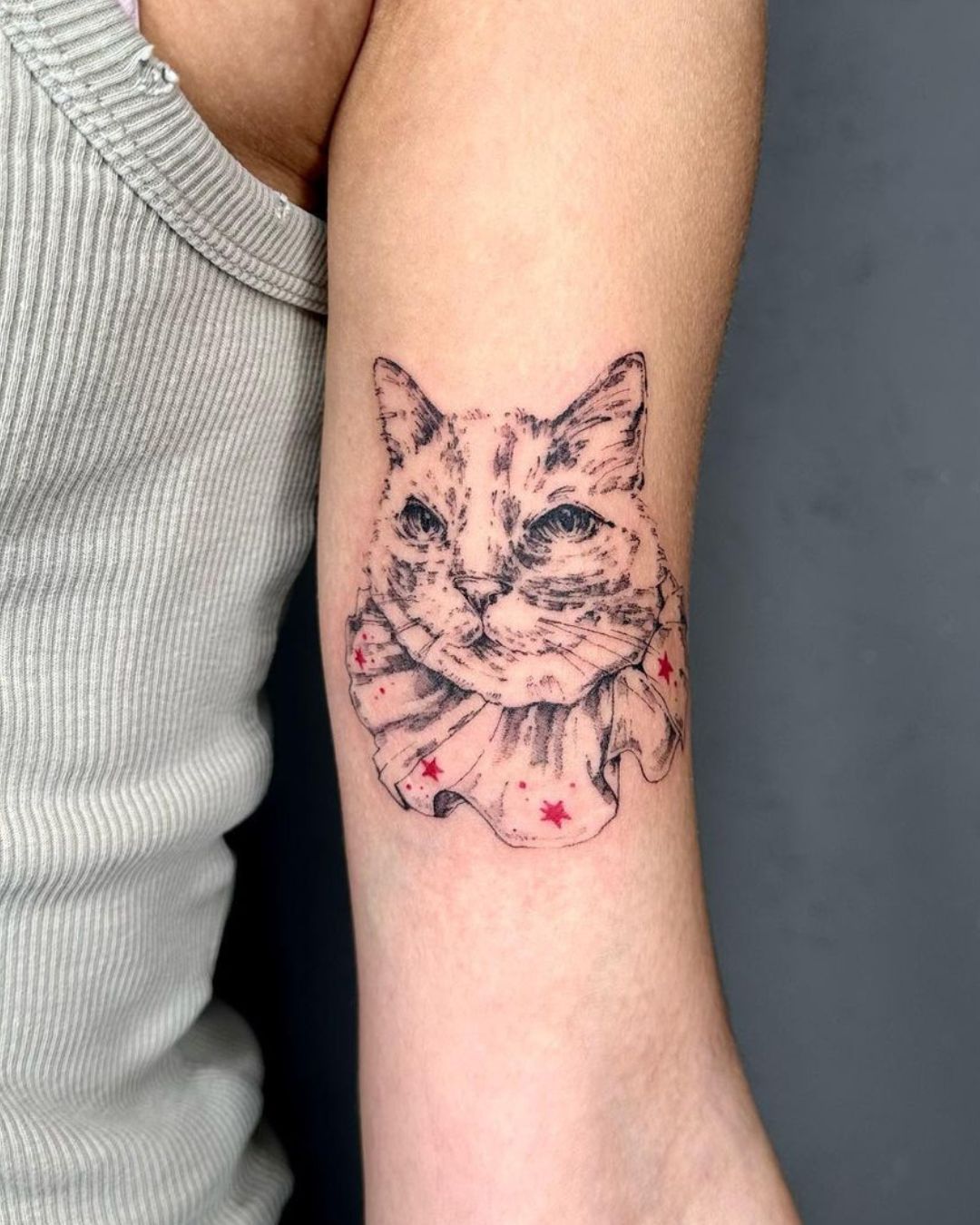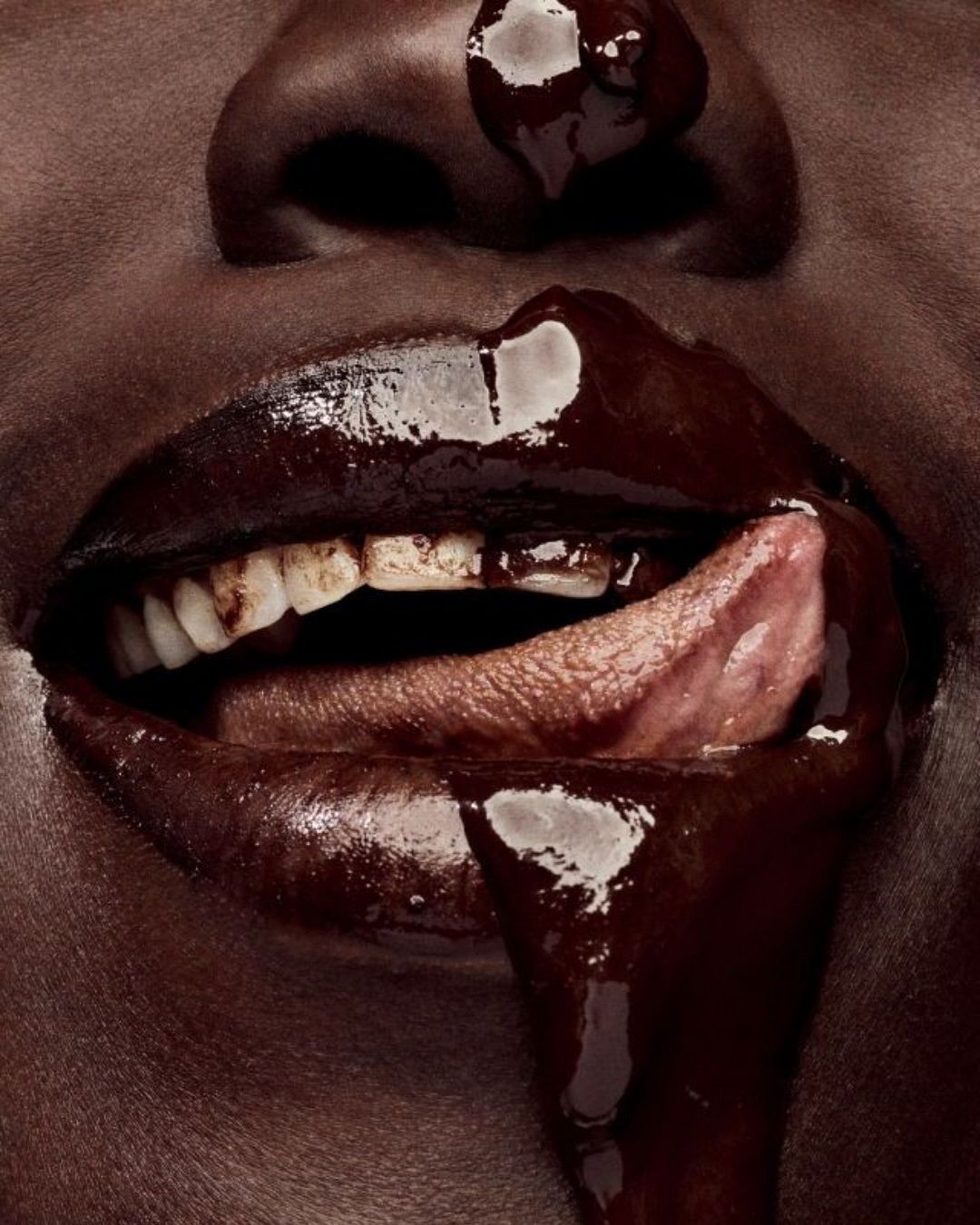
The art of tattooing from a women's perspective How tattooing changes and transforms in the words of female 7 tattoo artists
If there's one thing that almost everyone who chooses to get a tattoo agrees on, it's that it's an extremely personal and unique choice, or at least it should be. From there, experiences diverge. Some get tattoos for aesthetics, some for humor, some to signal belonging, some for love or memory. Some always rely, almost religiously, on the same tattoo artist, while others change hands every time, leaving it up to chance and chaos. Some only get tattoos on parts of the body that age well, out of fear of the passing of time, while others don't even think about it. Finally, there are those who can't stand the pain and use numbing creams, and those who believe that the pain is part of the ritual experience, a sort of needle baptism that takes place between you and the artist, and the more you do it, the more you want to do it. The world of tattoos, by its nature tied to the realm of flesh and blood, is no longer entirely underground but has retained a certain percentage of ritual, especially for women. It carries a sense of claiming ownership of the body against those who would like to have it (from men to lawmakers) and rebelling against the ideals of pure and clean beauty, like a good God-fearing girl, as Margot Mifflin tells in "Bodies of Subversion - A secret history of women and tattoo."
We spoke with 7 female tattoo artists who shared their stories and impressions, offering 7 windows into the world of tattoos from the other side of the tattoo machine, to understand where this concrete and corporeal art form is heading, while still retaining an otherworldly quality.
What does it mean to be women in this world?
Speaking of the otherworldly, it's only fair to start with Tatuaggi Santi, an adventure that started almost by chance and then developed into a true artistic path. Now, the person behind this account shares her experience: "I've always remained silent about my gender until this interview. I've always tried to keep my work as separate as possible from my person. With colleagues and clients, I often joke about the ideas they may have had before their appointment with this phantom Tatuaggi Santi. The profile is usually described in the same way: a cis het man in his 30s, heavily tattooed and bald. Then you arrive at the appointment and find me." Nothing wrong with that, except that not all reactions have been positive: "In these three years, I've experienced all sorts of things, from those who dared to tell me that I had many clients just because I'm a woman, to those who asked me where the tattoo artist was. Many men want to get tattooed by the female tattoo artist in a fetishistic way, completely bypassing the tattoo, and often they feel entitled to devalue our work by demanding lower prices or trying to find ways not to pay."
Francesca, also known as Fraisfine, agrees with this last point. "There are pros and cons to being a woman in this profession. The definitely positive aspect is being able to put other women at ease. The moment of the tattoo is something intimate: the hands of strangers come into contact with your body, often in situations where you're not fully dressed. I'm happy when I know the other person is calm during the session. The aspect I find a bit negative, however, is, like in many other environments, the sexualization of women, especially for the stereotype that exists about the figure of the female tattoo artist. As if sensuality were directly proportional to skill," although she emphasizes: "I believe this is one of the most inclusive worlds. The tattooed were the outcasts, the ones who were excluded. I think this has stayed with us: as a result, everyone is welcome in a tattoo studio."
A male-dominated industry
In general, Gloria from Inchiostrocuore emphasizes the importance of working in an inclusive and protective environment: "The studio where I work is mainly composed of queer people, so the environment is truly inclusive and respectful. Even when I go to work in other studios, I always try to align myself with realities similar to mine, to protect my peace of mind as much as possible but also that of my clients". Carla Ponti agrees and considers herself fortunate but also aware of the work that still needs to be done: "I've been lucky enough to work in fairly inclusive environments even though it's a profession that traditionally has been dominated by men. Unfortunately, I still come across ads for tattoo artists or apprenticeships that are only for men, or I hear judgments based on clothing or physical appearance rather than on the work. That's why I find it important, and never taken for granted, to promote equality and inclusivity in the tattoo industry. In general, I always try to create a space where all people feel welcome, respected, and comfortable regardless of gender or preferences." Not everything is negative. Mart.inus, for example, states: "I don't remember ever experiencing sexism in this job".
Tattoo trends, do they exist?
When it comes to trends, female tattoo artists have different approaches. According to Giulia Puntini, there are trends, but "I like to emphasize that tattooing is an artistic practice that shouldn't be reduced to social trends." A reflection on social media is also opened by mart.inus, who says: "I'd like it not to be all focused on social media". According to her, the prevailing trend is that of fine line tattoos: "Especially among the younger generations". Carla Ponti adds: "Lately, black and white illustrative tattoos or super minimalist ones, created with only lines and few shades, with fine and delicate lines that, contrary to what one might think, are not the easiest to execute, are very popular. Gloria, on the other hand, says: "I try to distance myself as much as possible from trends, which undoubtedly exist. I've always had the opportunity to focus purely on creating designs and flash whose communicative key was, regardless of trends, a very personal and profound artistic expression".
Francesca believes, "Obviously there are trends, like micro-realism or fine line tattoos that have exploded recently, which are the ones that inspire me the most, among other things. Another wave that I love is the one of more stylized and big tattoos, because while it's true that a tattoo has an important meaning and is permanent, why not have a little fun in the meantime?". Irene Longo goes against the grain and says that in her daily practice, she has observed how "today we live in the years of ignorant things, illustrated things, and revisited tribal designs," and personally she finds herself: "In the aesthetic of the melancholic-nostalgic" that encapsulates her illustrative style. Speaking of ignorant tattoos, it's important to note that not all female tattoo artists do a traditionally understood "feminine" type of tattoo, quite the opposite. There's a growing trend towards a design that is personal and based on one's own view of the world, without being influenced by gender and what has been considered tattoos for women and tattoos for men for years.
A generational matter
Another important point to consider is age, or rather, tattoos then and tattoos now, especially for the very young. Some people don't see any differences, emphasizing that it's such a personal choice that it can't be categorized in any age or generational trend. Others, however, notice something new. For instance, Giulia Puntini says, "I don't think it's an age thing, people are different" while according to Carla Ponti: "Young people often approach tattoos as a way to communicate their ideas, passions, and life experiences in a very visible way, following the current trends in styles and subjects. Tattoos chosen by older individuals often have a deeper and more personal meaning. Additionally, older individuals may be more inclined towards discreet or more traditional tattoos in less visible areas." Francesca agrees: "Young people have a much more rock 'n' roll spirit. Tattoos are now seen in a lighter way, they're completely normalized, and that's why people get tattooed with more freedom, from the subjects to the visibility on their bodies. Older people still partly view tattoos as a taboo; often, each tattoo is carefully considered for them. These are different approaches, but both are fine with me." Irene Longo shifts the perspective slightly: "Young people consider what you do as art. They trust you completely as an artist, and I find that to be a beautiful thing."
How could we not end on this almost poetic note? This new generation of female tattoo artists is proof of it: tattoos change along with us, becoming increasingly inclusive and breaking through gender barriers, finding new paths and new ways of expression that can't do without connection and that increasingly place deep empathy and uniqueness at the center.
























































